
When photographer John Edmonds first started taking portraits, he worked from a tried-and-true script. Pose your subject, frame the face or body, and attempt to capture their unique individual essence. Then he started to envision a different way to approach portraiture. Edmonds wanted to use the art form to challenge people’s preconceptions about race and cultural identity.
In many of Edmonds more recent portraits, the subject is often covered or obscured. Men are seen from behind, wearing Do-rags or hooded sweatshirts. The only distinguishing features (if any) are a tiny tuft of hair or the outline of a shoulder.
“In my work, the black body is a sight for contemplation, instead of the individual representing specifically who they are,” he tells TIME. “I talk about the work in terms of symbolism—my Hoods work and Do-rags—and looking at both of these articles of clothing as symbols.
While some might see the “Hoods” series as a blatant play on the narrative of Trayvon Martin, the 17-year-old shot by George Zimmerman, Edmonds says that the pictures aren’t so much about that event in particular, but about the preconceptions people have surrounding hooded sweatshirts and what they indicate about the wearer. “A subject may fit a certain description, but there are all these other elements that pull you out of that description which are related to racial profiling. I experimented with how a photograph could probe those questions.”
In another series titled, “All Eyes On Me,” a man with a covered nose and mouth gazes at the camera or slightly to the left or right. The series is presented as a succession of 40 almost identical near-frames. As the viewer walks around the gallery space, the man’s gaze seems to follow. This intense “eye contact” might cause some to feel uncomfortable. Edmonds says that this interaction between subject and viewer is where the true reflection starts. “He has such a piercing gaze that you have to look closely at this individual,” he says. “Your imagination starts to roam. This is a recurring theme in all of my work—the gaze being flipped back onto the viewer.”
For Edmonds, some level of anonymity is paramount. “A lot of people that I photograph are strangers to me,” he says. “I don’t have an immediate relationship to them. They are often people that I encounter when I’m riding on a bus or walking down the street. I have an interest in protecting the individual. I want to veil the identity or specificity of the person, mostly implicating the viewer in the work, so that when they are looking at the figure it’s more about who they’re projecting the figure to be.”
In a day and age where brash, action-filled imagery is often prized, Edmonds says he believes that subtlety can be a much more effective way to communicate. “Visual art has an interesting way of becoming part of public discourse. People do see my Hoods images and immediately think of Trayvon Martin. I think the power of the work is its quietness. The photos are nuanced. They have a greater impact because of how they sit in your mind.”
John Edmonds is an artist and photographer based in Brooklyn.
Myles Little, who edited this photo essay, is a senior photo editor at TIME.
Janna Dotschkal is a freelance writer based in Washington.
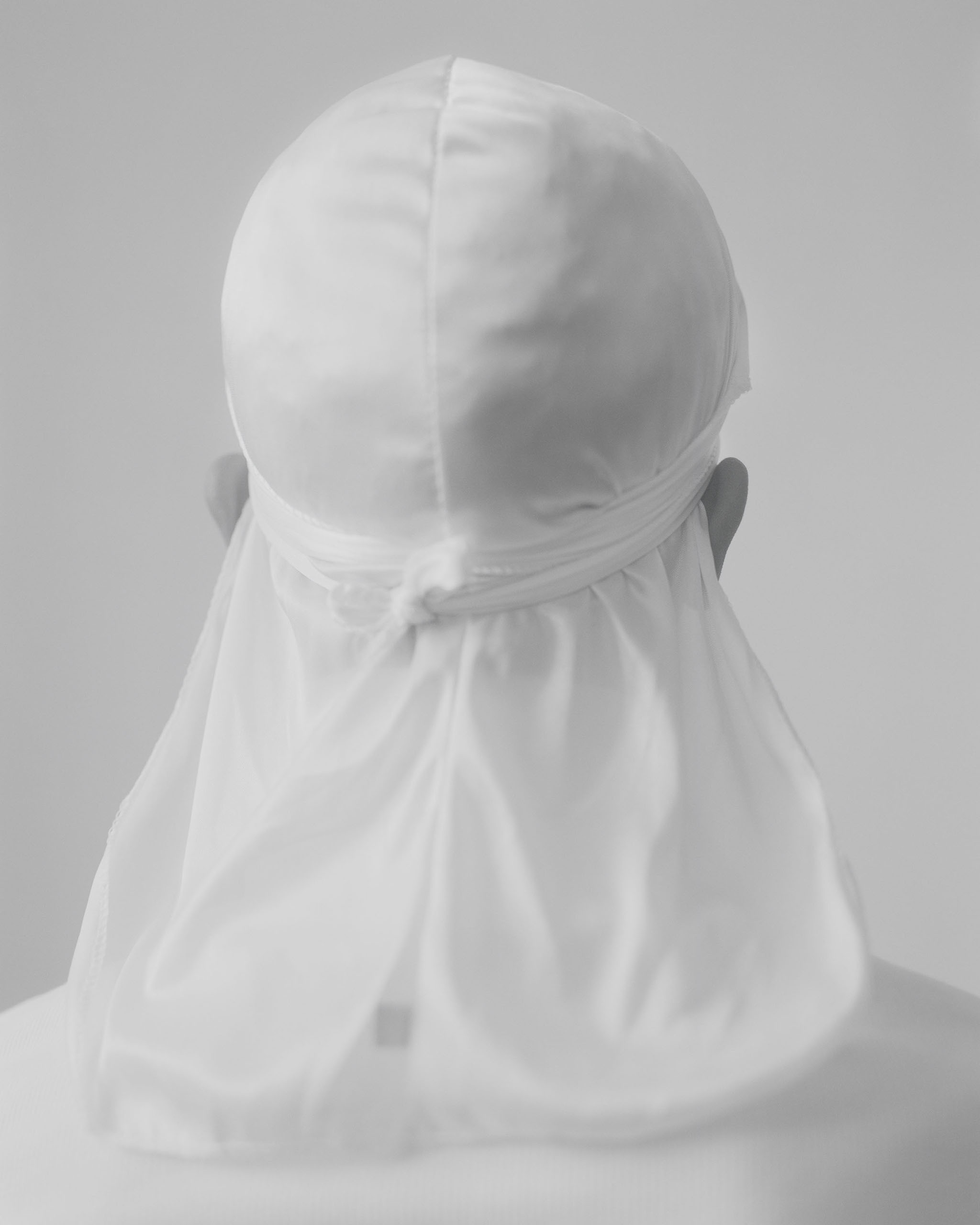
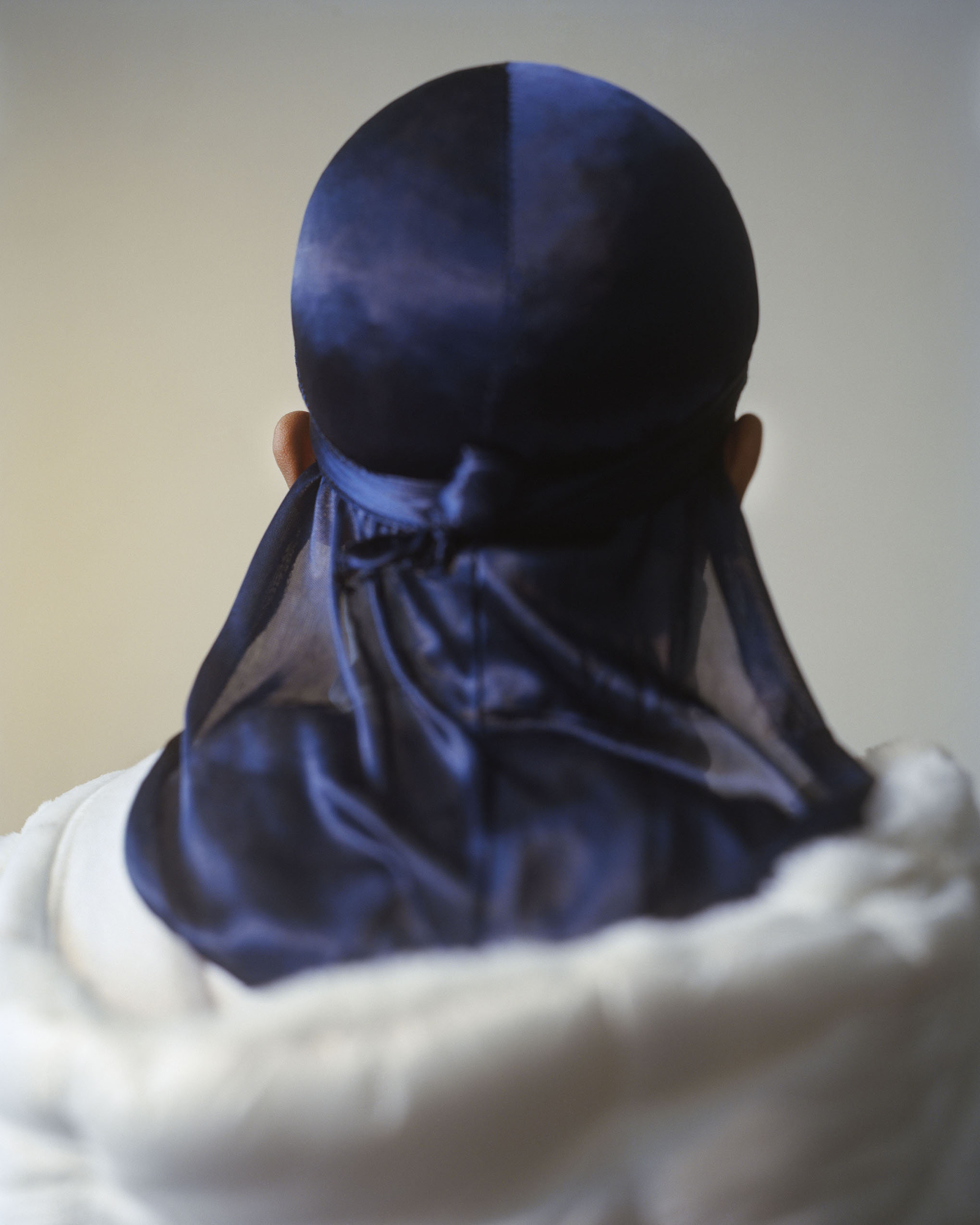
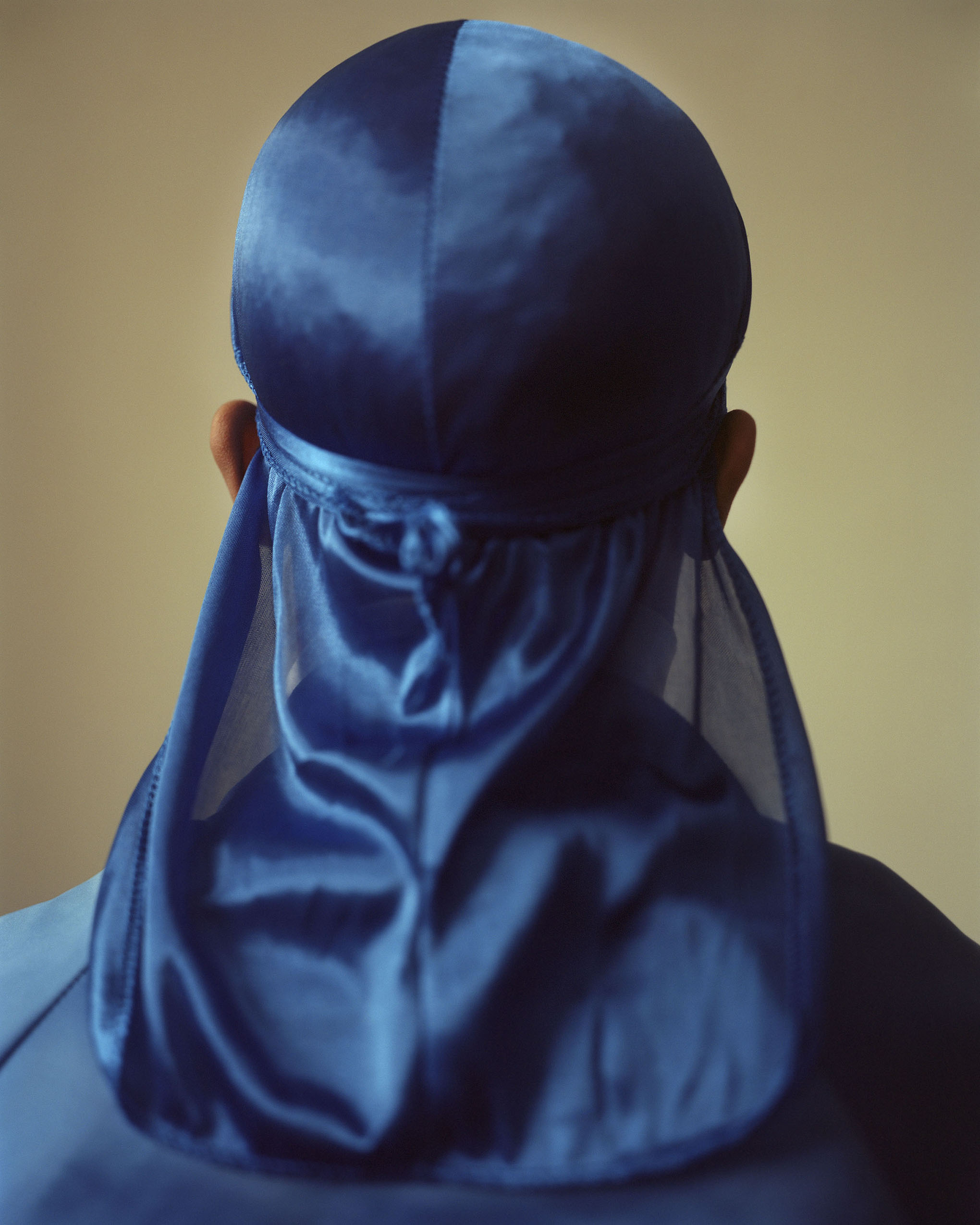
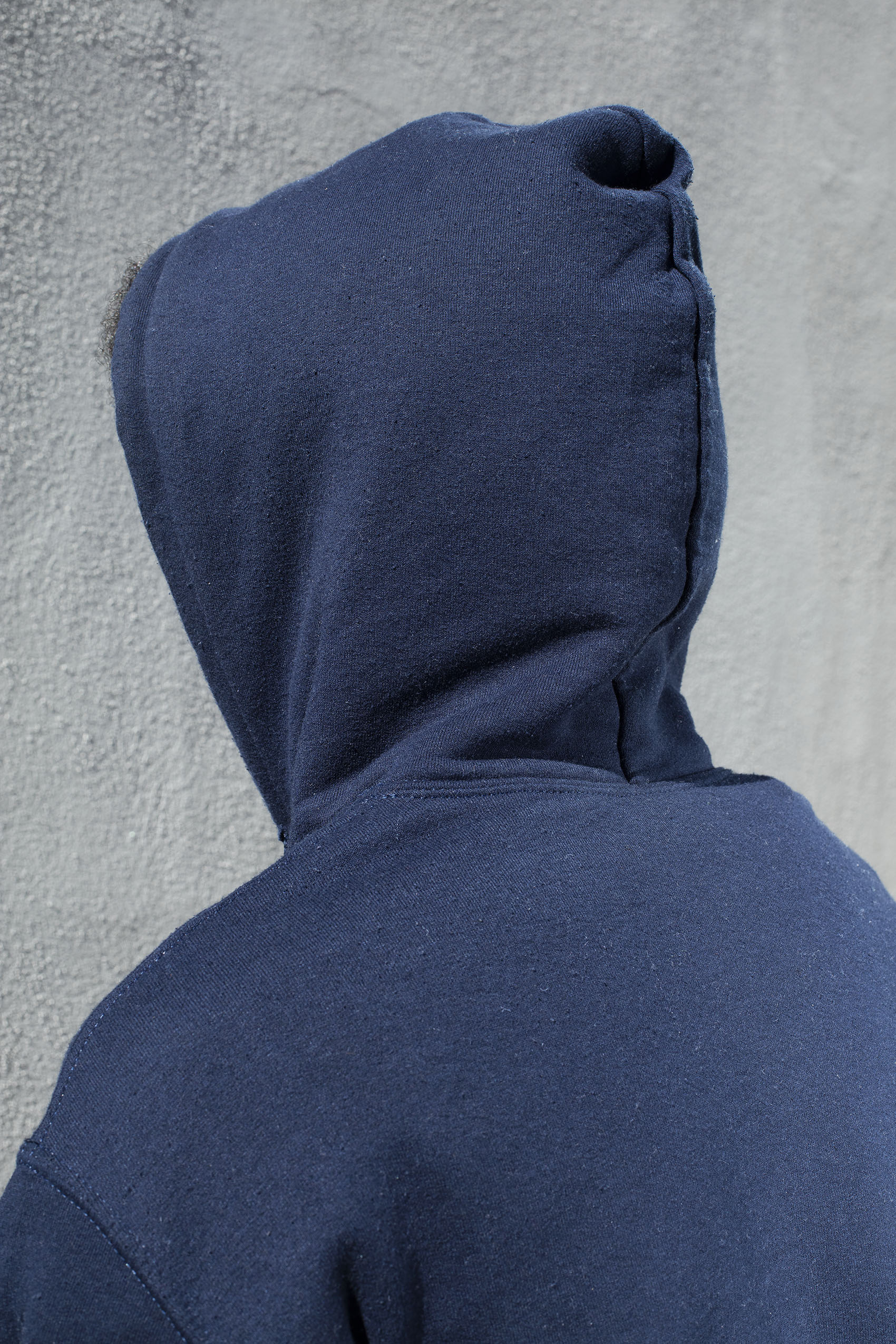
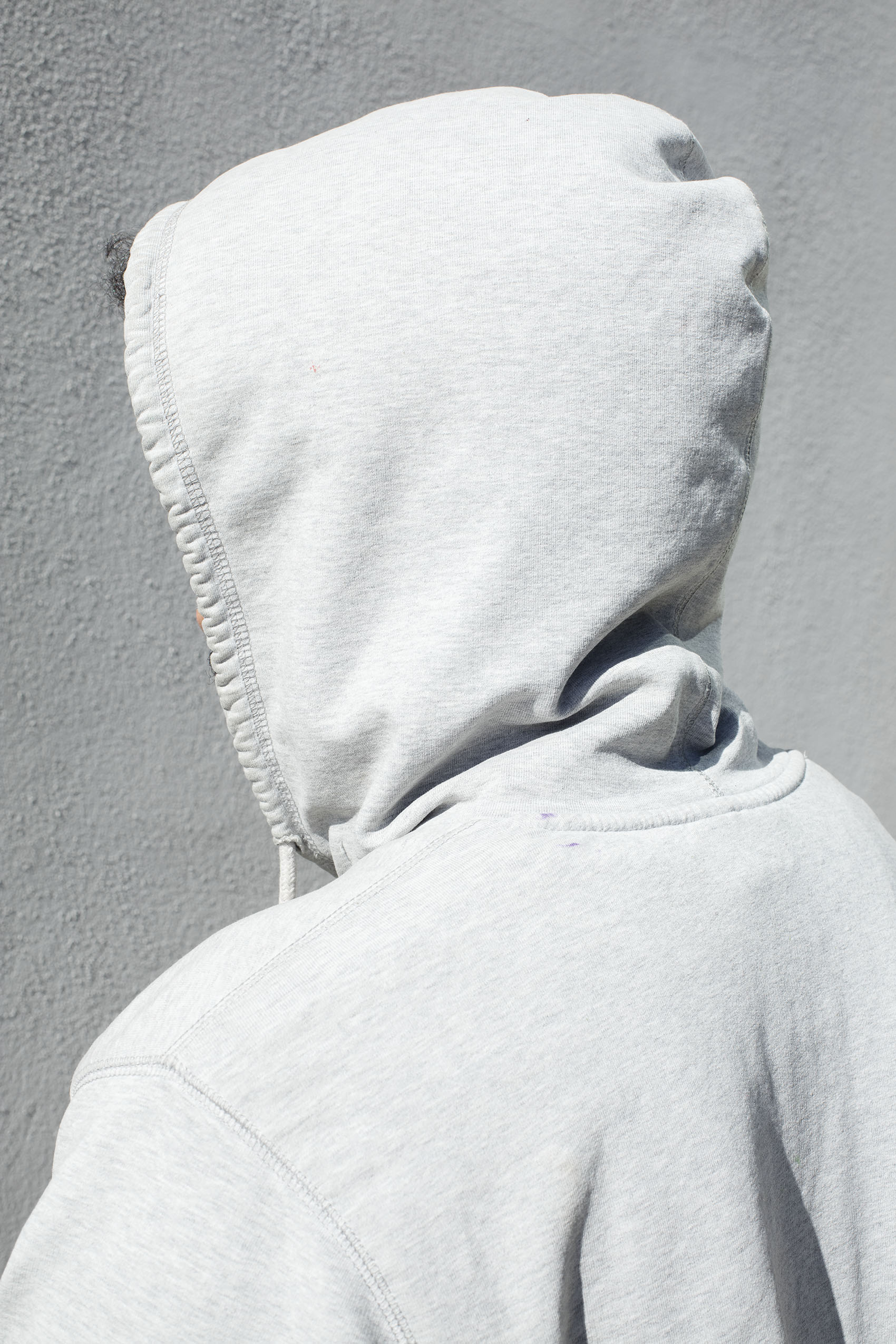

More Must-Reads from TIME
- How Donald Trump Won
- The Best Inventions of 2024
- Why Sleep Is the Key to Living Longer
- Robert Zemeckis Just Wants to Move You
- How to Break 8 Toxic Communication Habits
- Nicola Coughlan Bet on Herself—And Won
- Why Vinegar Is So Good for You
- Meet TIME's Newest Class of Next Generation Leaders
Contact us at letters@time.com